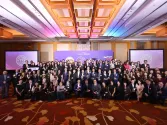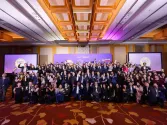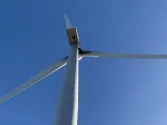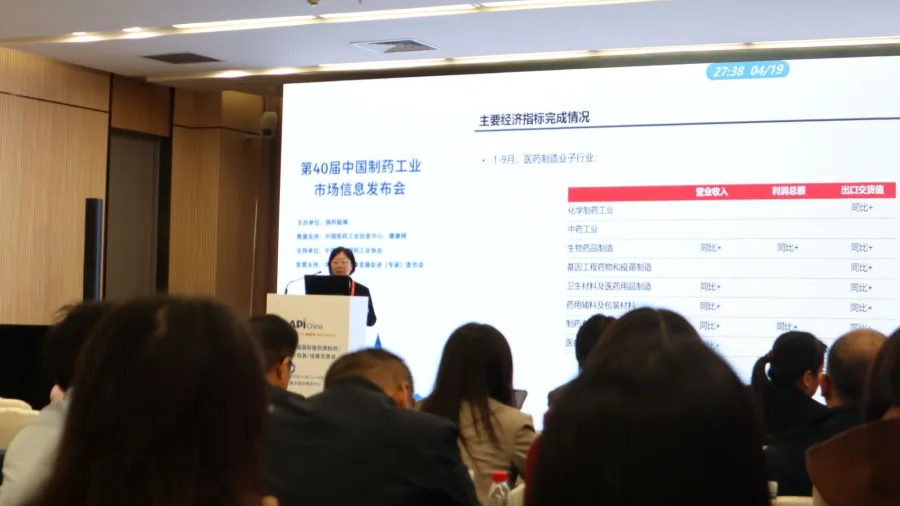
China’s pharma growth shifts from drugs to high-tech manufacturing
However, there is still a lot of pressure in pharmaceutical manufacturing.
China’s pharmaceutical sector is entering a new phase in which manufacturing technologies—not traditional drug production—are emerging as the most important economic engine.
That shift was underscored by new industry data presented at the 40th China Pharmaceutical Industry Market Information Conference held during API China 2025 in Chongqing, where Fan Yuxi, director of the Statistics and Information Department at the China Pharmaceutical Industry Association, highlighted a widening performance gap between drug makers and equipment suppliers.
Fan was clear that overall pharmaceutical manufacturing remains under pressure. She stated that “the pharmaceutical industry in a complex market environment still faces significant downward pressure,” noting that operating revenue among large-scale pharmaceutical manufacturers reached “$30.13b (CNY 215.209b), a decrease of 1.45% year-on-year,” whilst profit fell to “$41.55b (CNY296.8b), a decrease of 0.46% year-on-year.”
She added that across multiple dosage forms—tablets, capsules, injections, powder injections—production declines were widespread. For example, she said that in freeze-dried powder injections, “60% of the variety’s yield has declined year on year” and that for dexamethasone sodium injection “the largest yield… also declined by 37.2% year-on-year.”
In contrast, Fan pointed to pharmaceutical equipment and medical devices as the strongest contributors to industrial profit recovery.
According to her, “the profit of equipment manufacturing enterprises above designated size increased by 9.4% which drove the profit of all industrial enterprises above designated size to increase by 3.4 percentage points,” and within that segment “pharmaceutical equipment, medical devices and profit increased by 24.7%, and 3.4% respectively.”
Fan described this as a stabilising force for the broader industrial economy, noting that “the equipment manufacturing industry will play a stabilising role, which is obvious in the first three quarters.”
This data illustrates a structural transition: China’s pharmaceutical value chain is tilting toward high-tech capabilities, advanced manufacturing systems, and production technologies that allow companies to compete in higher-margin areas.
Even as traditional drug output slows, the investment required for sterile processing, automated filling lines, freeze-drying systems, and intelligent production tools is expanding—strengthening the role of equipment suppliers in the sector’s future growth.
Fan also highlighted that exports are rebounding faster than domestic production, reinforcing the shift toward higher-value manufacturing. She reported that the export delivery value “showed a significant rebound, which was in sharp contrast to the overall pressure on the industry,” and that export delivery value reached “$39.15b (CNY 279.6 7b), an increase of 11.47% year-on-year.” China’s chemical drug exports in the first half of 2025 totalled “$11.706b, a year-on-year increase of 2.9%,” with strong performance in provinces such as Jiangsu, Shandong, and Zhejiang, each of which first entered the level of $1b.
At the same time, innovative and high-complexity therapeutic categories—areas that rely heavily on advanced equipment—continue to expand.
Fan noted that anti-tumour and immunomodulatory products “have been reaching new highs every year,” and that digestive and metabolic drugs such as metformin are seeing continued production growth, with “its yield also increased year on year.”
CNY1 = $0.14
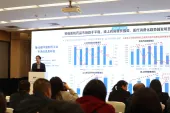



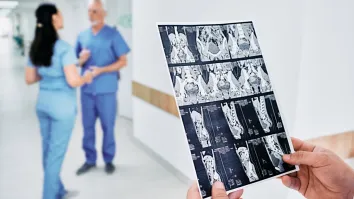






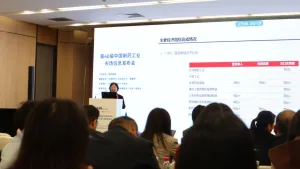
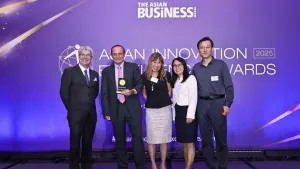

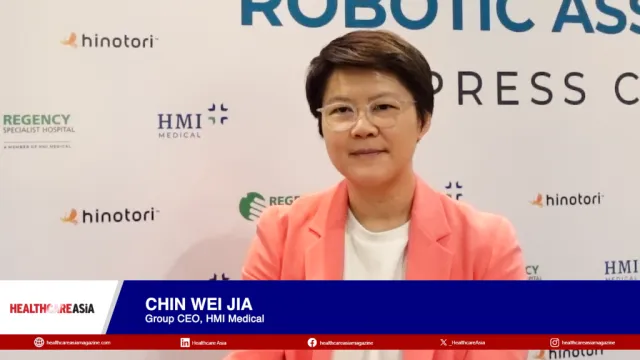
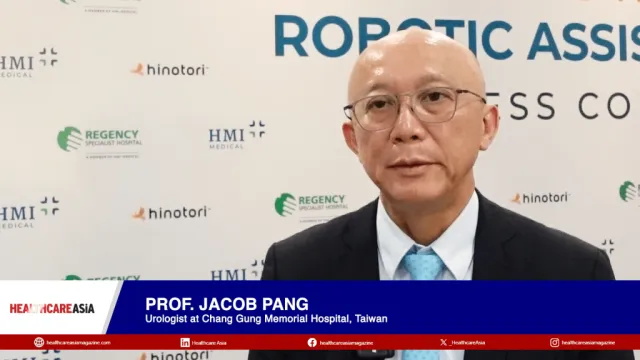
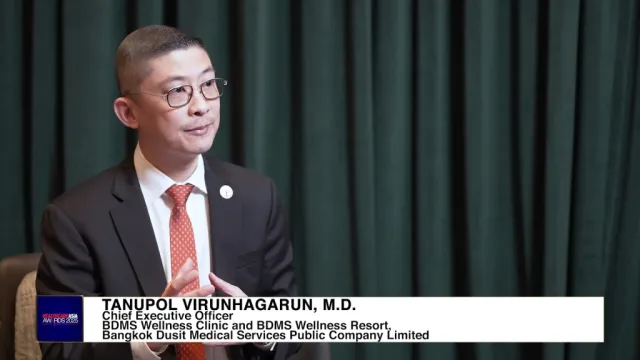


 Advertise
Advertise

